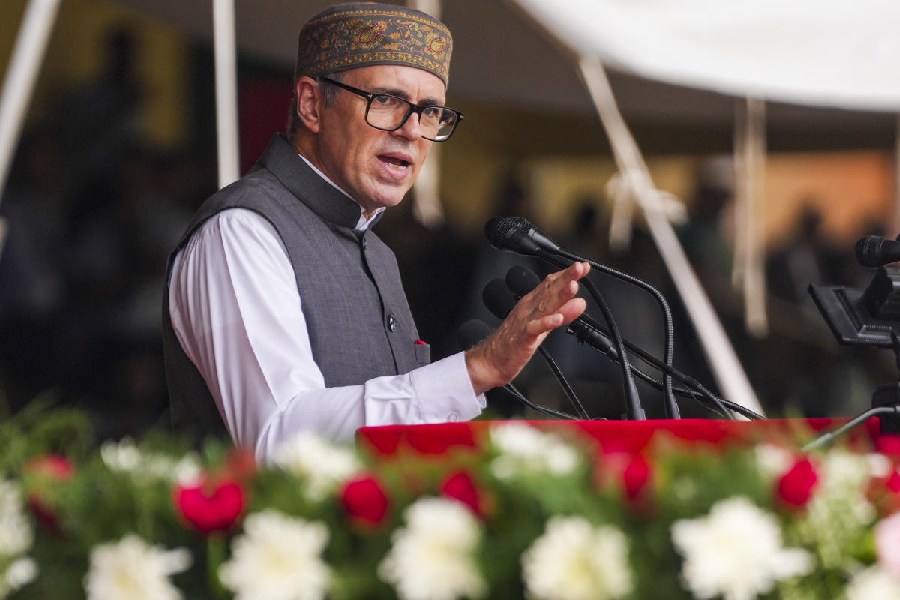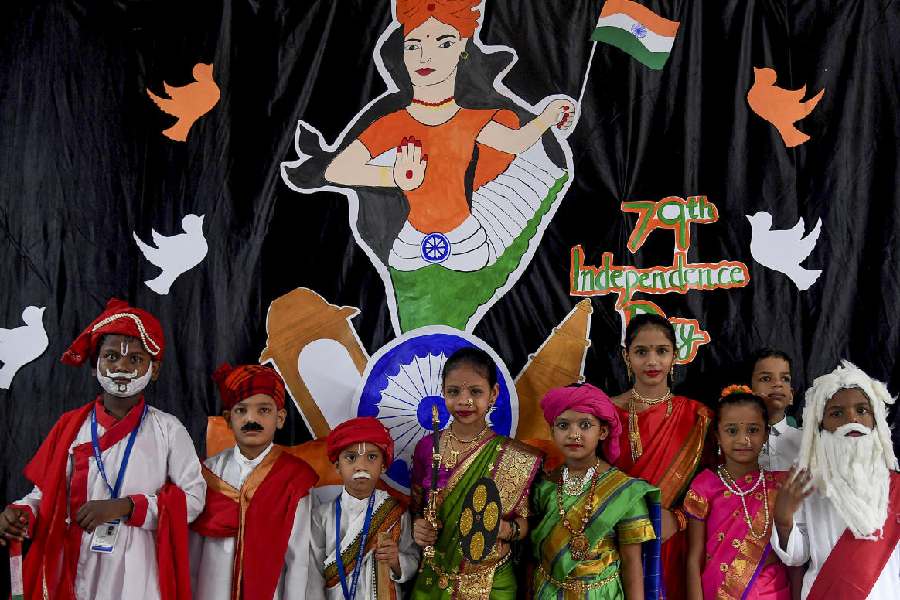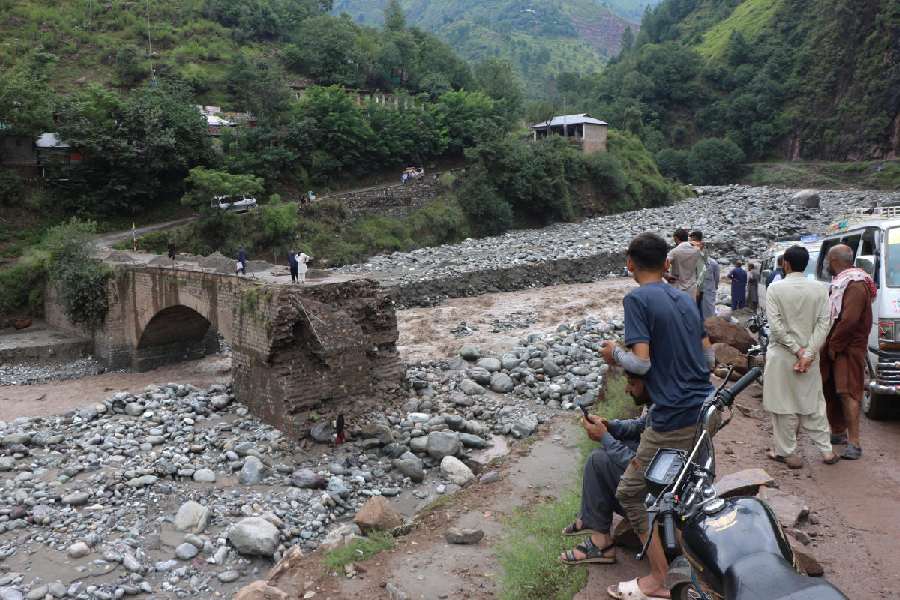 |
The anti-rape law promulgated by the government in the wake of the recent brutal Delhi gangrape has yielded one quite extraordinary by-product — the proposal to reduce the age of consent for sex from 18 to 16. Child sex, at least some child sex, now is to be made legitimate — not child marriage however. Only in India could such legislative consequences flow from events to which they have so little apparent connection. And only in India could such strange anomalies be conceived and begotten (I use the words deliberately) by government, Parliament, or — for that matter — civil society.
Social activists have argued convincingly that the ages 16 to 18 represent a period when ‘hormones are coursing through people’s veins’; to continue to criminalize consensual sex at this age is to punish youngsters for being only human. What is worse, according to many, is that to continue to do so would be hopelessly old-fashioned.
But with hormones raging in their tissues, our 16-to-18 year-olds can hardly be expected to rush to locate condoms every time the urge moves them. And, if they don’t, there are consequences. Forget about AIDS. We are talking about consequences that are much more old-fashioned. In short, babies.
Not legitimate babies either. Since marriage is illegal below the age of 18, every girl below the age of 17 years and 3 months who fails to control her hormones risks being an unwed mother. She will be an unwed mother not for the traditional age-old reason — abandonment by her lover — but in an entirely new, progressive and fashionable cause: the law would encourage her to become pregnant but forbid her to marry. Of course, if her lover had no intention of marrying her at all, the law would provide him with the perfect excuse.
Is it an exaggeration to say that the law would encourage her to become pregnant? Not at all: it would abolish the legal deterrent to teenage sex specifically on the ground that surging hormones are driving her uncontrollably into sexual activity and such uncontrollable instincts should not remain criminalized. State and society are signaling to her their tolerance of what her body is presumably telling her to do. As for those whose bodies are not quite in such turbulence (although their partners’ may be), teen-age sex would now appear to be the ‘in’ thing — the fashion of the year legitimized even by staid authority. What could be a stronger incentive for juvenile sexual activity? After this, pregnancy would simply require that the much-hyped hormonal surge should be sufficiently out-of-control for contraception to occasionally fail.
What will one do with the resulting crop of teen pregnancies? One could, of course, abort them. Not so easily disposed of, however, is the physical and emotional trauma of the little girl who undergoes the abortion (with its small, but definite, risk of death or paralysis) and the shame, scruples and distress of her parents.
And, if there is no abortion, the little girl faces the life of an unwed mother, the stigma, the stares and whispers, the premature burden of maternal responsibility without the support of a spouse, the resentment of a family that had never bargained for this. At the very least, she will have to drop out of school and forget, at least for the present, about any career. Her parents will find themselves suddenly saddled with demands on their time, finances and emotional resources for which they were totally unprepared. As for her baby, launched accidentally into a world that does not want it, with no father, a mother far too young and totally unprepared for motherhood and grandparents who, consciously or unconsciously, resent its untimely intrusion into their lives, what chance does it have with such a start in life?
This is no mere hysterical fantasy but an accurate picture of teenage sex, pregnancy and illegitimacy in the United States of America. Surely, this is not a model we need desperately to emulate. This is not to say that teenage sex and pregnancy do not occur even in India with 18 as the age of consent. But is it imperative to repeal whatever legal disincentives there exist for such behaviour with all its inevitable consequences?
What makes the reduction in the age of consent even more perplexing is its insertion in a bill supposedly designed to protect women. Yet if this clause is implemented, it is the 16 to 18-year-old girl who alone faces the increased risk of pregnancy and abortion or unwed motherhood. The boy faces no risk whatsoever. Indeed, since the girl may not legally marry till 18, the boy is specifically exempted from the risk of being charged with paternal responsibility.
Equally baffling is the belief that a lower age of consent will somehow make rape more difficult. As of now, rich and powerful rapists — politicians, policemen, bureaucrats, landlords and their kinsmen — can easily evade the law by bribing or threatening their victims or victims’ families to admit consensuality. But this defence works only if the victim is over 18. Girls below 18 are protected by the fact that consensus is irrelevant at that age. The new clause withdraws this protection for girls between 16 and 18. In the Suryanelli case, for example, the 42 men accused of gang-raping the victim argued that they were merely having consensual sex with a prostitute — and in fact the trial court judge acquitted them on this ground. What made this defence dubious was the fact that the victim was below 18. Since, however, she was above 16, the amended law would strengthen the defence of the rapists.
This is a consideration that is important in yet another context. Thanks to large-scale female foeticide and infanticide, women have become increasingly scarce in several north Indian states such as Delhi, Haryana and Punjab. This has induced mass sales of girls from poor families elsewhere in the country for prostitution and marriage, often polyandrous marriage, in these states. The girls are typically below 18 — so that sex with them falls within the legal definition of rape and legal action can be taken against the buyers. The new law would change this for girls in the age group of 16-18. Of course, the buyers would have to prove consensus — but since most of these girls have been sold by their families, it is easy to pressure the girls and their families into an admission of consensuality.
The proposal for a reduction in the age of consent, far from discouraging rape and protecting women, would in fact be a gift for rapists and traffickers in women. Is this really what we want?











